1. Refractroy Material for Blast Furnace
Blast furnaces are widely used in the refining process of metals such as copper, lead, lead, zinc and antimony.
The blast furnace consists of a furnace roof, a furnace body, a bed (also called a throat), a hearth, and a tuyere device.
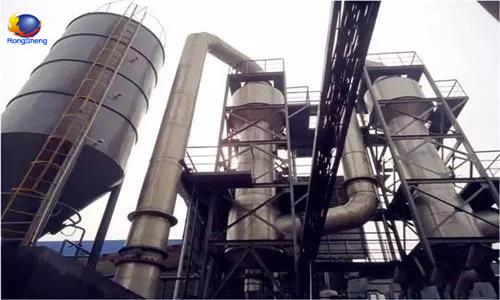
Smelting charge (concentrate, sinter, etc.), coke, flux, counter refractory materials and other solid furnace refractory materials, added from the top of the furnace, high pressure air blasted into the tuyere device on the lower side of the furnace body, in the process of going up, down The refractory materials are melted, oxidized, reduced, etc. The smelting process is completed. The liquid metal, bismuth, and slag are discharged from the throat or the hearth of the lower part of the furnace, and the flue gas, soot, gaseous metal or metal oxide is discharged from the flue gas outlet of the furnace top. At present, most of them are closed furnace roofs. The high temp furnace body is full water jacket. The refractory material is only used in the throat mouth and the hearth. Because the slag is alkaline slag, the throat part is mainly made of magnesia brick, magnesia chrome brick and aluminum chrome brick. The side wall of the hearth and the upper part of the furnace bottom are made of refractory magnesia brick, magnesia chrome brick and aluminum chrome brick, the bottom of the furnace is inverted arched.
2. Refractory Material in Reverberatory Furnace
The operating temperature of the reverberatory furnace head is generally 1400 ~ 1500 ℃, and the temperature of the flue gas is generally 1150 ~ 1200 ℃. The bottom of the furnace is from the bottom to the top, asbestos board, insulation brick layer, clay fire brick layer, magnesium aluminum brick or magnesium brick layer. Most of the furnace walls are made of magnesia aluminum bricks or magnesia bricks. Some important parts are made of magnesia chrome bricks for extending the service life, and fire clay bricks are generally used for the outer walls. The top of the furnace adopts a hanging top, the top of the small reflecting furnace is made of refractory brick arch, and the top of the arch is made of magnesia alumina brick.
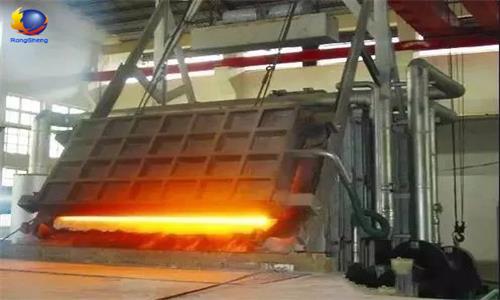 3.Refractory Material for Osmet Furnace
3.Refractory Material for Osmet Furnace
Because the lead (copper) process of Isa furnace smelting is characterized by short refractory material mixing time, molten metal, slag and acid gas are strongly stirred in the furnace, which also determines that the working environment is much more demanding than the traditional lead (copper) method.
A. molten lead (copper), slag and acid gas strong scouring of the refractory lining.
B. Chemical attack and penetration of the refractory lining.
C.Thermal stress damage.
Therefore, the Isa furnace lead (copper) smelting refractory lining material must have the following excellent performance, in order to achieve longevity, high efficiency, low consumption.
Furnace refractory material has a high normal temperature, high temperature compressive strength, a low porosity to resist the erosion of refractory materials and molten metal, slag.
Made of high quality and high-purity refractory raw materials, refractory product has few low-melting materials, which can effectively resist the chemical reaction of the environment and the lining, deteriorate and destroy the permeability.
Refractory material for the furnace has high quality thermal shock stability and is subject to thermal stress (the stress damage caused by temperature changes is slight).
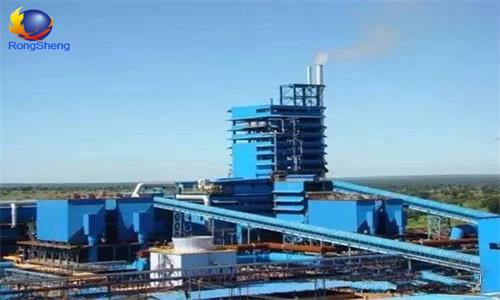 4.Refractory Material for Caldo Furnace
4.Refractory Material for Caldo Furnace
The main factors for the destruction of refractories in Caldo furnaces and the requirements for refractories are the same as those for the Isa furnace (Osmer furnace).
The Caldo furnace, also known as the oxygen oblique blow converter, increases the reaction efficiency by increasing the contact between the liquid metal and the liquid slag due to the tilting and rotation of the industry furnace body. Due to the rotation of the furnace body, the furnace body is evenly heated and evenly eroded, which is beneficial to prolong the life of the high temp furnace.
Since the use of oxygen, smelting and blowing are carried out in the same furnace, the smelting process is enhanced, the process is shortened, and the SO2 concentration in the flue gas is increased.
Correct selection of the shape and size of the furnace inside the furnace is very important for the smooth progress of the chemical reaction of the Caldo furnace smelting process, reducing the splashing, reducing the erosion of the furnace bottom, and making it easy to manufacture and install.
The blowing is carried out at a high temperature of about 1100 to 1300 ℃. Therefore, in order to ensure a certain industry furnace service life, it is necessary to select a reasonable furnace lining refractory material and determine a strict masonry method.
The design refractory lining material should be based on the working environment and main erosion of each part to select refractory materials of different thickness and different refractory materials to achieve the most reasonable configuration and reduce the cost, but considering the average speed of erosion of Caldo furnace is relatively fast (life 2 ~ 3 months), and for the standardization and convenience of on-site masonry management and the trend of international standardization, the design of the same thickness and the same refractory material is adopted, the refractory brick type is reduced. If required by the purchaser, it can be designed according to the requirements of the purchaser.
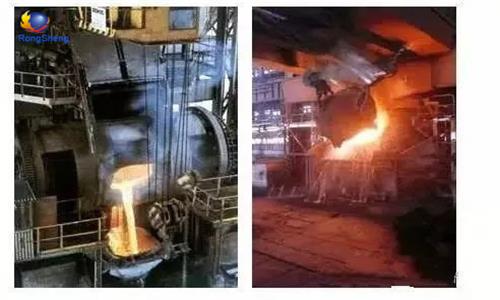 5.Refractory Material for V. Oxygen Bottom Blowing Furnace
5.Refractory Material for V. Oxygen Bottom Blowing Furnace
QLS Used in Refractory Material
The QLS process completes the oxidation and reduction reactions in the same reactor, and the reaction process is actually divided into two steps. Whether the design of the refractory material for furnace lining is reasonable is directly related to the life of the furnace, the design and configuration of the lining includes two aspects, one is to determine the reasonable structure and size, the other is to correctly select the refractory material. The QLS method has only silver in China, the thickness of the refractory lining is 350mm, the upper part of the molten pool is made of fused and semi-recombined magnesia chrome refractory bricks, the bottom of the molten pool is made of electrofusion and then combined with magnesia chrome brick LDMGe-26.
2.Gas Bottom Blowing Oxygen Rich Lead Smelting Furnace
The oxygen bottomed oxygen rich lead smelting furnace is a horizontal cylindrical reactor. The upper part of the molten pool is directly combined with magnesia chrome brick LZMGe-18, the bottom of the molten pool is fused with semi recombined refractory magnesia chrome brick LDMGe-18. Or all of the electrofusion half-recombined magnesia chrome brick LDMGe-18. The total amount is about 160 tons.
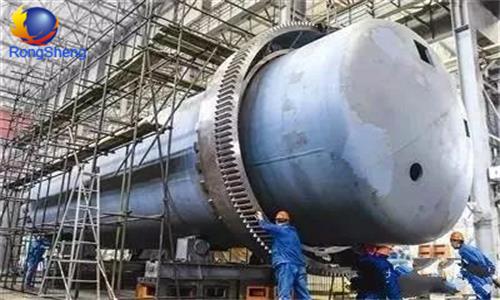 6.Refractory Material for Volatile Kiln
6.Refractory Material for Volatile Kiln
The volatile kiln is a rotary kiln that processes leaching slag and recovers valuable metals such as Zn, Pb, In, and Ge.
The characteristics of the kiln are that the kiln's masonry rotates with the kiln shell at high temperature and is in a state of vibration for a long time. At the same time, it must withstand the wear and impact of the charge, the damage of the furnace refractory material is mainly as follows.
1) Erosion of molten slag and metal
2) Mechanical wear.
3) High temperature action, the temperature of the reaction zone in the middle of the kiln is as high as 1300~1500 ℃.
Therefore, in the intermediate reaction zone of the kiln, aluminum chromium slag brick or magnesium aluminum chrome brick is mainly used to extend the service life of the kiln lining.
Magnesia Alumina Chrome Bricks Characteristics
One is to add large-grain pre-synthesized spinel during production, and use the inconsistency of expansion of various minerals at high temperature to cause micro-cracks inside, thereby improving the thermal shock stability of the product.
Second, the chrome ore contains Fe2O3, and Fe2O3 diffuses into MgO, which enhances the direct combination of the periclase and the magnesia alumina spinel, promotes the bonding between the particles and the matrix, and improves the high temperature strength of the material.
The third is to add chromite, in which Cr2O3 forms a continuous solid solution with Al2O3 and MgO, which improves the density and wear resistance of the refractory materials.
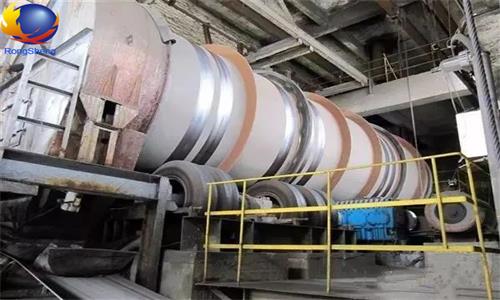 7.Refractory Material for Tilting Furnace
7.Refractory Material for Tilting Furnace
In order to deal with coarse copper, Guiye introduced the patented technology of the German MAERZ tilting furnace, including tilting furnace body, combustion system, ingot system, waste heat boiler, dust collection system and other auxiliary facilities.
Kiln of refractory material tilting furnace has the characteristics of reverberatory furnace feeding and slag slag, the rotary anode furnace can change the advantages of the furnace position according to different operation cycles, Tilting furnace has high mechanization and automation (the hydraulic equipment is used for tilting, and the feeding is flexible and quick. Machine), high combustion efficiency, low labor intensity for workers. Guiye's 350-ton tilting furnace is currently the largest model, which can process 100,000 tons of copper per year. Refractory material is selected as the fused and recombined magnesia chrome brick or the fused semi-recombined magnesia chrome brick, and the Cr2O3 content is 18 or more.
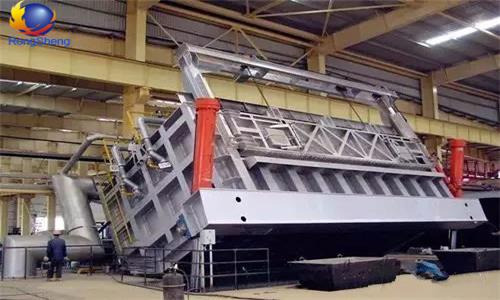 8.Refractory Material for Flash Furnace
8.Refractory Material for Flash Furnace
The flash furnace of refractory material is an intensive smelting equipment invented by the Outokumpu Company of Finland to treat powdered sulfide minerals. Refractory material is generally composed of four main parts: concentrate nozzle, reaction tower, sedimentation tank and ascending flue. The dried charge and preheated air are mixed through the concentrate nozzle and sprayed into the reaction tower at high speed. Under the action of high temperature, the oxidative desulfurization, melting, slagging and other reactions are rapidly carried out, and the formed melt enters the sedimentation tank and further completes the formation. The slag process is separated into an enriched metal product and slag, and the smelted gas product is discharged from the ascending flue.
Refractory material used in the concentrate nozzle is typically a high alumina refractory castable or ramming refractory material.
The reaction tower is the main place for the smelting reaction process in the flash furnace. The upper temperature is about 900-1100 ℃, and the lower temperature is up to 1350~1550℃. Refractory material for industry furnace is required to have high temperature resistance, erosion resistance, erosion resistance and high temperature stability. The temperature of the top of the reaction tower and the upper tower wall are relatively low, and the direct combination of magnesia chrome refractory brick is generally adopted. The middle and lower tower walls are made of electrofusion cast magnesia chrome brick or electrofusion and then combined with magnesia chrome brick.
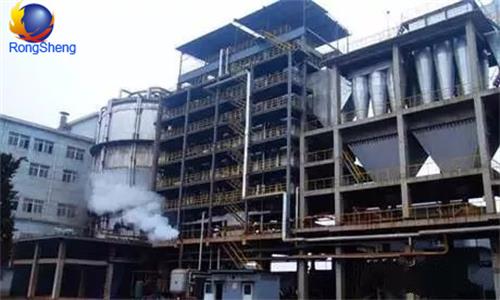 9.Refractory Material for Converter
9.Refractory Material for Converter
The smelting process from copper sulphur to blister copper in the pyrometallurgical copper production process is mostly carried out in a converter, as is nickel smelting.
The converter is a horizontal cylindrical cylinder. The steel cylinder is lined with refractory material. There is a furnace opening and exiting refractory material. There is a series of air outlets on one side in the longitudinal direction. Most of the charge added by the converter is liquid copper sulfur or low nickel. Desulfurization and slagging reaction are carried out under the action of high-pressure air in the tuyere. The whole process does not require external fuel. Refractory material is an autothermal smelting process. The flue gas generated during the reaction process is continuously ejected along the hood to enter the dust collection and Acid system, the slag generated during the reaction process periodically stops the wind and then shakes the furnace body from the mouth of the furnace, the final product (bold copper or high nickel bismuth) is also tilted from the furnace mouth to the outlet after the wind is stopped.
After blowing for a period of time, it is necessary to stop the wind and pour the slag from the furnace mouth. After the slag is poured, a batch of copper crucibles is added to be blown, so that the cycle is repeated several times until the predetermined copper crucible is added, and all of the copper crucible is blown, which is blown into thick copper. The smelting cycle is over. In this cycle, the temperature of the converter fluctuates between 800 and 1500 °C. In addition, some cold refractory materials and quartzite are added during the smelting process. Therefore,industry furnace refractory materials are required to have good resistance to high temperature and rapid cooling. Heat, contact with the melt and material parts have better wear resistance and resistance to corrosion by acidic slag and alkaline slag.
The converter refractory material is divided into several parts: tuyere, tuyere area, furnace mouth, furnace body and end wall. The tuyere is made of electrofusion and then combined with magnesia chrome bricks 26. The tuyere area, the furnace mouth, the furnace body and the end wall are selected by electrofusion and then combined with magnesia chrome brick 16 or fused half and recombined magnesia chrome brick 16.
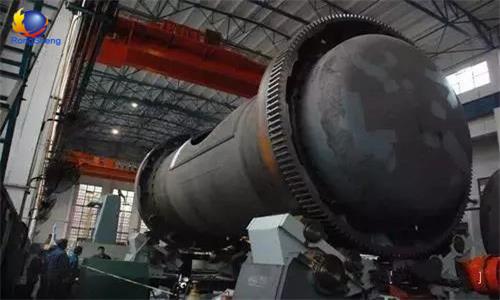 10.Refractory Material for Anode furnace (refining furnace)
10.Refractory Material for Anode furnace (refining furnace)
The anode furnace is also called a rotary refining furnace and is suitable for refining molten copper.
The refining operation is feeding, oxidizing, reducing and casting, and the product is an anode plate. The cylindrical furnace body is provided with a furnace mouth for charging and discharging copper, a small amount of air outlet is arranged on the side of the furnace body, high pressure air is introduced during the oxidation period, and a reducing agent is introduced during the reduction period. Above the decent surface, when performing the redox operation, the furnace is tilted to embed the tuyere into the melt.
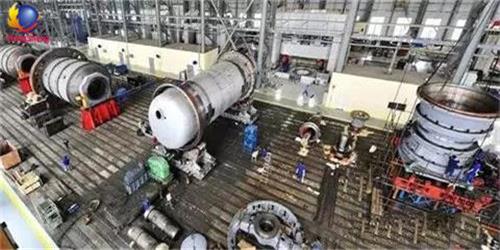
First, the furnace temperature of the anode furnace is higher than 1350 ° C. Unlike the fixed furnace, there is no fixed molten pool (slag) line, and the erosion of the slag and the erosion of the molten metal involve almost 2/3 of the inner surface of the furnace.
Second, since the furnace needs to rotate frequently, the masonry and the steel shell must be in close contact, the static friction between the masonry and the steel shell is increased to overcome the rotational torque to maintain the stability of the masonry, so there is no light insulation layer.
Third, in order to reduce the masonry load (to reduce the load of the supporting device, reduce the transmission power consumption), the thickness of the masonry layer is minimized under the conditions of the steel shell surface temperature (300 ° C).
In addition, in the two impact zones of the feeding, considering the influence of temperature fluctuation during feeding, the electrofusion half-recombined magnesia chrome brick is also selected in this part. The burner port and the flue gas outlet are knotted with magnesia chrome enamel because of the structure and construction convenience.











